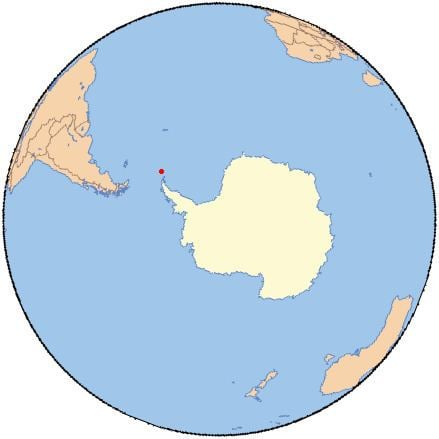Population 0 | Highest elevation 215 m (705 ft) | |
 | ||
Seldom visited nightingale and inaccessible islands
The Inaccessible Islands ("Islas Inaccesibles" in Spanish) are a group of small precipitous islands ranging from 120 to 215 m (394 to 705 ft) high, the westernmost features of the South Orkney Islands, lying 20 km (12 mi) west of Coronation Island in Antarctica. They were discovered in December 1821 by Captain George Powell, a British sealer in the sloop James Monroe, though it is possible they are the "Seal Islands" seen by Nathaniel Palmer a year earlier. The islands were so named by Powell because of their appearance of inaccessibility. They are considered part of the British Antarctic Territory by the United Kingdom and part of the Province of Tierra del Fuego by Argentina.
Contents
- Seldom visited nightingale and inaccessible islands
- Map of Inaccessible Islands
- Important Bird Area
- References
Map of Inaccessible Islands
Important Bird Area
The islands have been identified as an Important Bird Area (IBA) by BirdLife International because they support a large breeding colony of southern fulmars (50,000 pairs). Other birds nesting at the site include chinstrap penguins (1000 pairs) and imperial shags (100 pairs).
